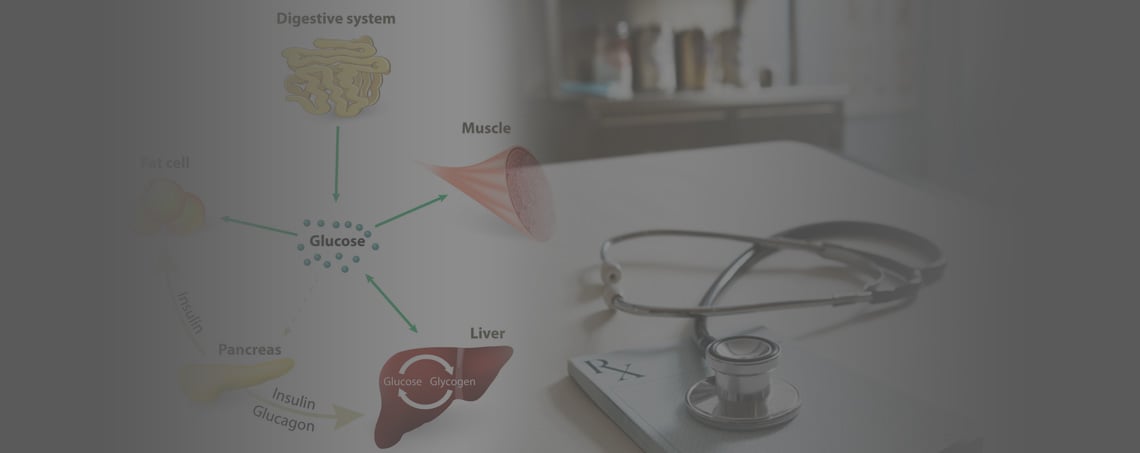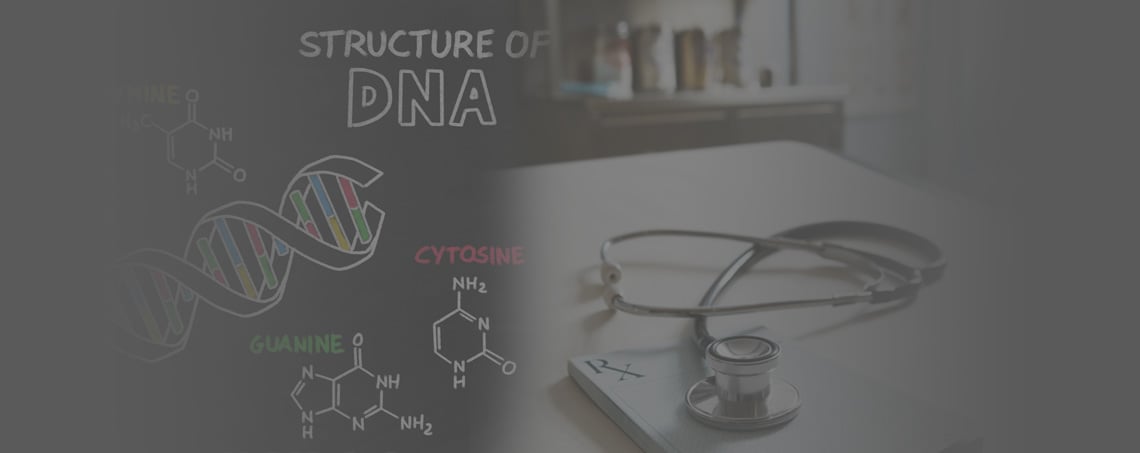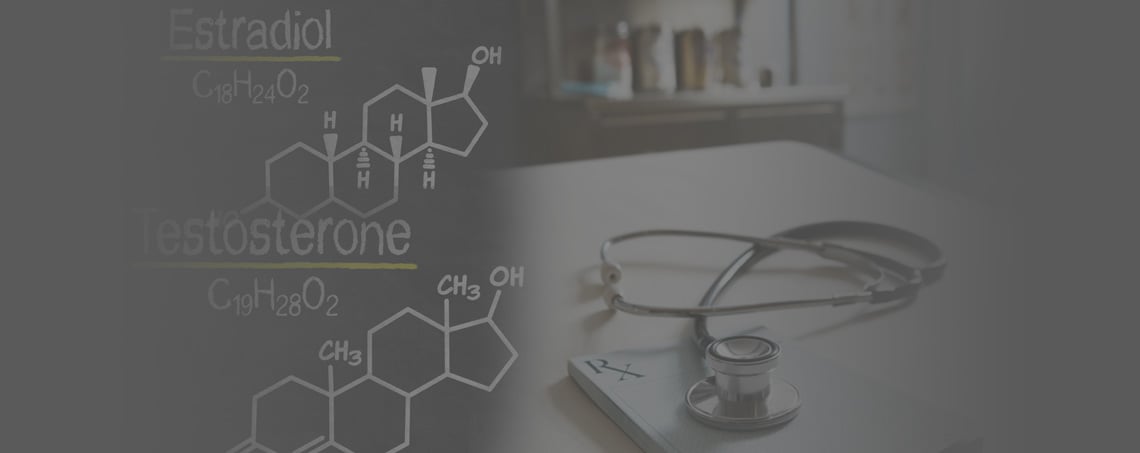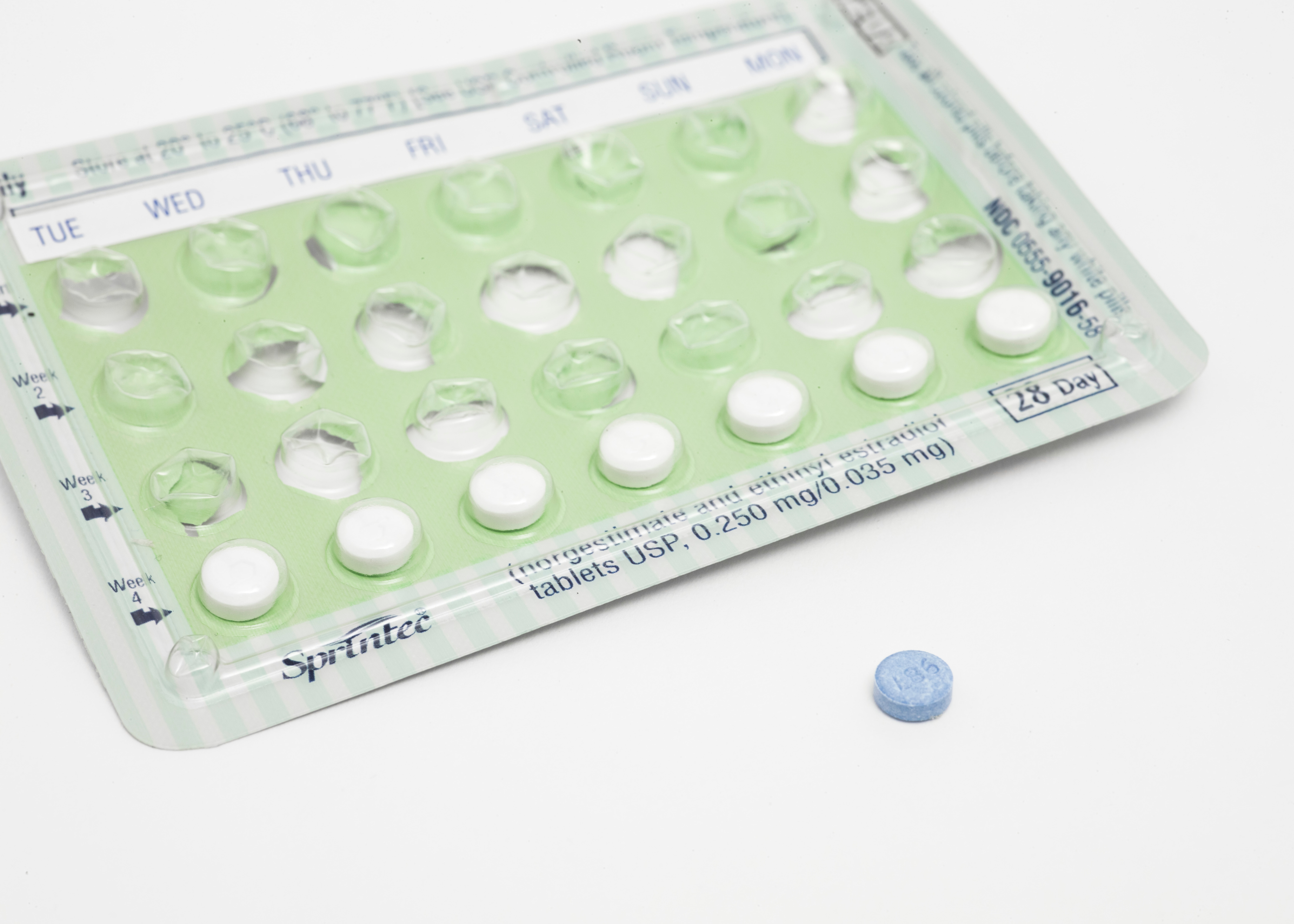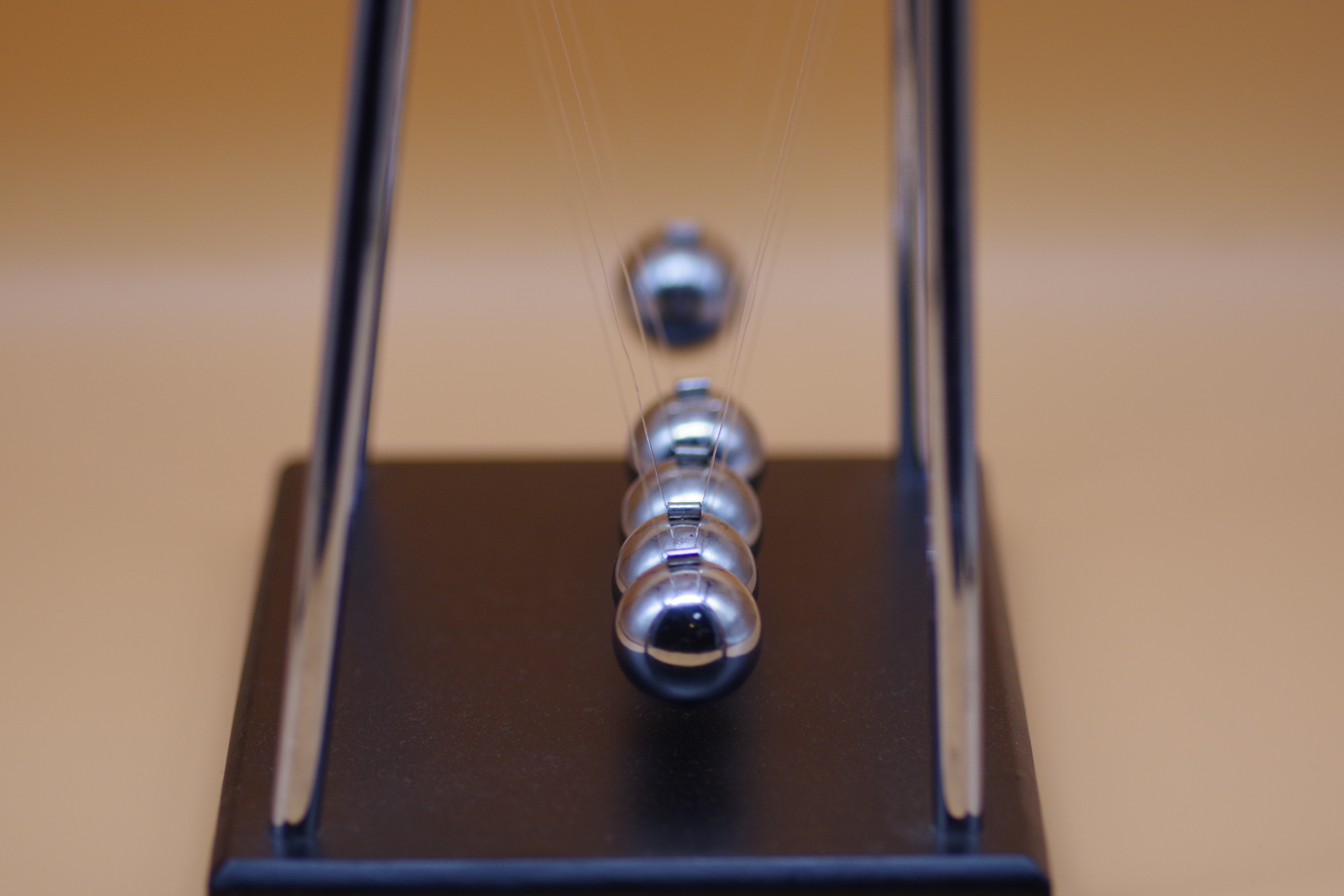4 Hormone Pellet Therapy Side Effects You Should Know
When looking at options to ameliorate hormone imbalance symptoms the route of hormone administration seems to matter as much as the compounds themselves. Hormone replacement therapy is a therapeutic approach used to supply the body with hormones that are either deficient or inadequate. The prescribing doctor prescribes the right amount to improve symptoms without causing more symptoms or health problems. To this end, the route of hormone administration will affect the outcome. As we will discuss, hormone pellet therapy side effects are more common than with other forms of hormone administration.
What Is Hormone Pellet Therapy?
Hormone pellet therapy is a newer method to supply hormones to the body in both men and women. This method of treatment is an alternative to taking the hormones orally or through a transdermal method. With pellet  therapy the hormones are contained in a compact pellet-like solid structure. They are usually less than 1cm in size containing the desired hormone in the specified strength. They are inserted under the skin by a doctor using a minor surgical procedure that takes about 15 minutes to perform. Theincisions requires suture or butterfly for closure.
therapy the hormones are contained in a compact pellet-like solid structure. They are usually less than 1cm in size containing the desired hormone in the specified strength. They are inserted under the skin by a doctor using a minor surgical procedure that takes about 15 minutes to perform. Theincisions requires suture or butterfly for closure.
Once inserted, the active agent inside the pellet (hormone) is released into the bloodstream slowly. The two most common examples of hormone pellet therapy are testosterone pellets and estradiol pellet. Based on your level of hormones the doctor will determine how many of these pellets to insert. With these pellets in place, the hormones are suppose to release slowly mimicking the endogenous (natural) production of hormones. However this is far from a precise method of delivery since the exact amount delivered varies form one person to the next. Under normal conditions the pellets typically last for about 3-6 months. The main advantage of using the pellets is their long acting effect but just how long they last will not be clear until you try it.
Hormone Pellet Therapy Side Effects
As effective as this method might be, patients must be aware of hormone pellet therapy side effects as they do occur more commonly than with other routes of hormone administration. Some of the side effects specific to hormone pellet therapy are as follows:
- Extrusion: This is a spontaneous expulsion of the pellet from its implanted site. Not ideal since it is painful and each one costs money. When this occurs it would require another surgical procedure and pellet insertion. It occurs in about 5-12% of patients.1,2,3
- Infection: While this is easily avoided by using proper technique, this has been found to occur in 1.4-6.8% of patients. It may also occur simultaneously with extrusion.1,2,3
- Scar formation: Over time and with multiple implantations, scar formation can develop at the implantation site. There is really no way to avoid this.
- No Recourse: Once the pellets are inserted you cannot take them out easily. They are placed in the tissue just below the skin. However finding the exact location of the pellet once it is not very precise. So if you don't feel well from the pellets many times you are just stuck with them until they wear off leaving you with very little recourse.
Other Problems from Hormone Pellet Therapy
Whether using pellets or topical treatment, hormone replacement therapy with bioidentical hormones is a safe effective treatment for hormone imbalance symptoms. The pellets do add some increased risk of side effects as noted above. In addition to the side effect noted above, the most common problem I have seen with hormone pellet therapy is the very high levels of hormones that are maintained. This typically occurs from poor monitoring of the hormone levels. As a result we see women with testosterone levels that are as high as men and men that have testosterone levels that are well above the upper reference range.
Now this can happen from time to time with any method of hormone treatment. With pellet therapy it seems to be a more common occurrence rather than an exception. This may occur from infrequent lab testing or checking when the hormone levels would naturally be running out and hence lower. This lower lab test then justifies a higher milligram pellet dose. While a more frequent lab monitoring may resolve this, pellet therapy is rarely monitored this way. For some excessively high hormone levels can make you feel just as poorly as low. If you started hormone pellet therapy and you don't feel any better or feel worse consider having the levels checked a month after pellet insertion.
Finding Hormone Balance and Improved Health
When given in appropriate doses bioidentical hormones are safe. If you are taking pellet therapy and not feeling better be sure to get a clear idea of what your levels are through out the treatment not just when the hormones are at the end of their cycle. If you have not tried hormone replacement therapy and are considering your options, you may want to try another form prior to having hormone pellet therapy. To get a personalized hormone replacement plan click on the link below.
Reference list
Handelsman DJ, Mackey MA, Howe C, Turner L, Conway AJ. An analysis of testosterone implants for androgen replacement therapy. Clin Endocrinol (Oxford) 1997;47(3):311–6. doi: 10.1046/j.1365-2265.1997.2521050.x.
Kelleher S, Conway AJ, Handelsman DJ. A randomised controlled clinical trial of antibiotic impregnation of testosterone pellet implants to reduce extrusion rate. Eur J Endocrinol. 2002;146(4):513–8. doi: 10.1530/eje.0.1460513.
11. Kelleher S, Conway AJ, Handelsman DJ. Influence of implantation site and track geometry on the extrusion rate and pharmacology of testosterone implants. Clin Endocrinol (Oxford) 2001;55(4):531–6. doi: 10.1046/j.1365-2265.2001.01357.x
